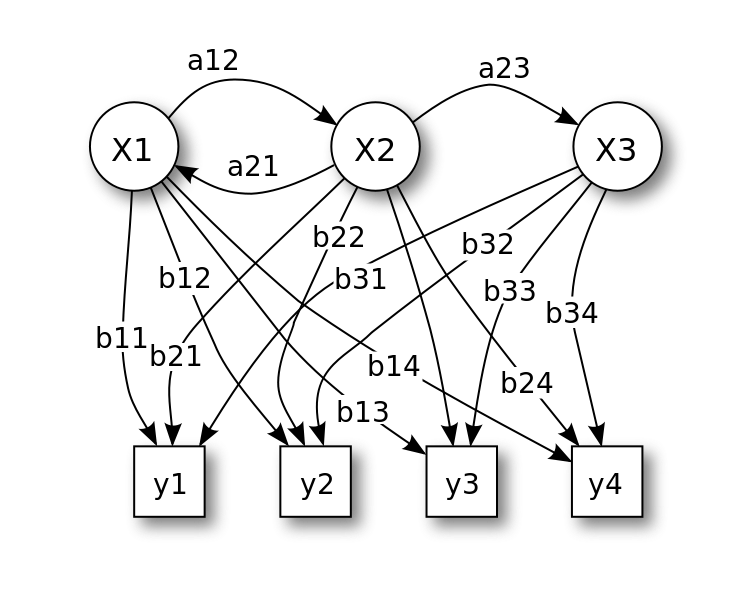In Wikipedia the following diagram has been sketched and the following text has been written:

From the diagram, it is clear that the conditional probability distribution of the hidden variable x(t) at time t, given the values of the hidden variable x at all times, depends only on the value of the hidden variable x(t − 1): the values at time t − 2 and before have no influence.
Now the problem is I don't understand why this is true for $X_1$ as there is a loop there and as a result I cannot see why this follows: $$p(X_1|X_2,X_3)=p(X_1|X_0=\emptyset)=p(X_1)$$ But it actually should be: $$p(X_1|X_2,X_3)=p(X_1|X_2)$$


